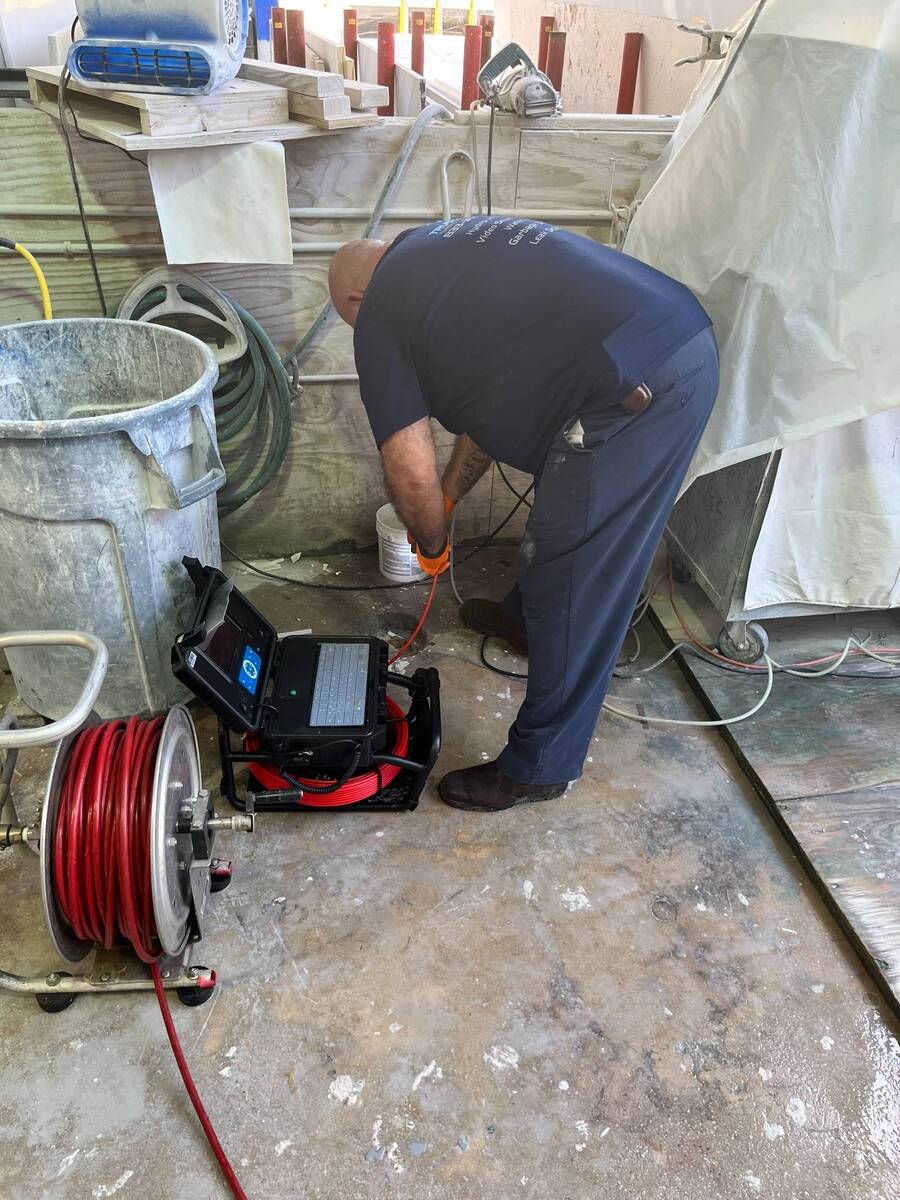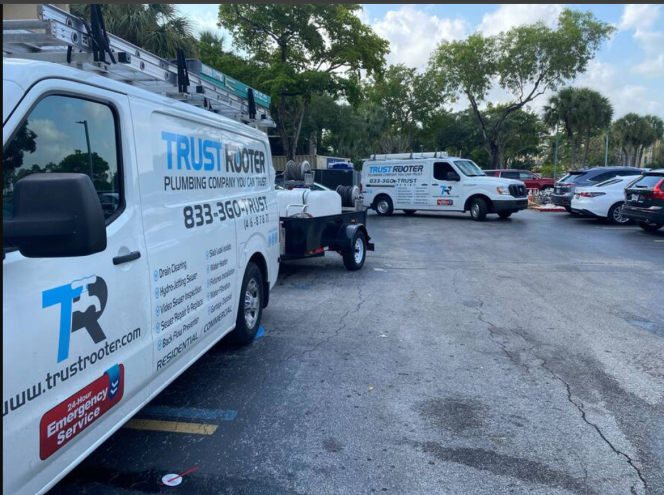How to Use a Drain Snake?
Using a drain snake is a more affordable and self-empowering option to hiring a plumber for drain cleaning services, which may be a frustrating experience when dealing with a clogged drain.
In this blog post, our professionals from Trust Rooter Plumbing & Drain Cleaning will explore the basics of drain cleaning and provide step-by-step instructions on how to use a drain snake effectively for clogged drain line repair.
Understanding the Basics
It's important to have a fundamental understanding of how your plumbing system functions before going into the world of drain snakes. In order to remove trash and water from your property, drain lines are meant to get clogged. This can cause backups or slow drainage. Using a drain snake is an economical and useful way to clear minor blockages, while a plumber can be called in for more serious obstructions.
Choosing the Right Drain Snake
There are a lot of options on the market when it comes to choosing a drain snake. A manual or hand-cranked drain snake is adequate for most home applications. For do-it-yourselfers, these instruments are reasonably priced and simple to operate. Make sure the length of the snake corresponds to the distance between the obstruction and the closest access point, which is usually a drain or clean-out.
Safety First
Prioritizing safety is crucial before starting any plumbing repair. Put on safety glasses and gloves as well as other protective gear to keep yourself safe from potential spills and debris. Furthermore, use caution when handling the snake to prevent coming into contact with any leftover chemicals if you've recently used chemical drain cleaners.
Locating the Clog
Finding the clog's location is essential to cleaning your drain effectively. Find the closest access point first, which is typically a drain or clean-out. Examine the area with a flashlight after removing the drain cover. If the obstruction or debris is visible, remove it using a pair of long-handled pliers.
Using the Drain Snake
- Inserting the Snake: After locating the obstruction, carefully insert the drain snake into the pipe. If you want to keep the snake from kinking or becoming stuck, move slowly but steadily. Feed the snake again until resistance appears, which means the clog is still there.
- Turning the Crank: Turn the crank or handle clockwise as soon as you encounter resistance. By doing this, you'll make it easier for the snake to snag onto or break through the obstruction, enabling you to remove it.
- Retracting the Snake: Make sure the clog is brought along with the snake as you carefully pull it out of the pipe. You might need to repeat the procedure several times if the clog is difficult to remove.
- Cleaning the Drain: Use hot water to clean out any leftover debris in the drain once the clog has been properly removed. This measure maintains your drain system operating efficiently and helps avoid obstructions in the future.
Conclusion
Gaining proficiency with a drain snake can help you save money and time on little plumbing repairs. Even though you might still need to hire a plumber or other professional plumbing services for certain obstructions, clearing small blockages on your own can be a gratifying and empowering experience. If you keep safety first, select the appropriate equipment, and take your time doing the operation, you should have no trouble becoming an expert at do-it-yourself drain cleaning.



 Jan 06,2024
Jan 06,2024


